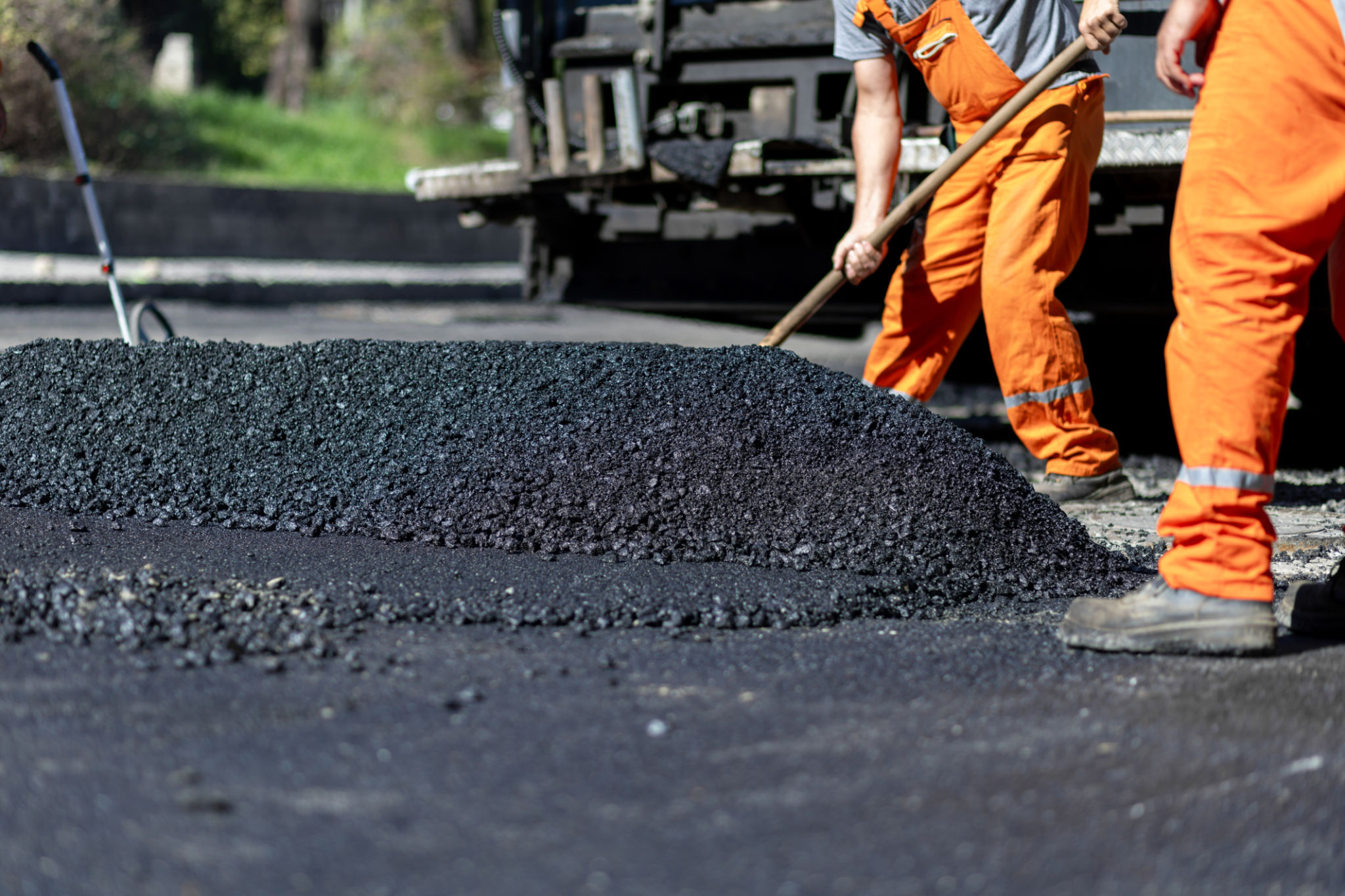The Ultimate Guide to Asphalt Paving: From Start to Finish
Understanding Asphalt Paving
Asphalt paving is a critical process in constructing durable and smooth roads, driveways, and parking lots. It involves several steps and requires precision and expertise to ensure a lasting finish. Whether you're a property owner looking to pave your driveway or a contractor aiming to enhance your skills, understanding the intricacies of asphalt paving can be immensely beneficial.

Preparation and Planning
The paving process begins long before any asphalt is laid. It requires meticulous planning and preparation to ensure a successful outcome. The first step is assessing the site conditions, including soil type, drainage, and existing surface conditions. Proper planning ensures that the asphalt layer will adhere properly and last for years.
Next, you'll need to plan the layout and dimensions of the pavement. This includes determining the thickness of the asphalt layer and ensuring that it slopes correctly for water drainage. Having a detailed plan in place helps prevent common issues like water pooling and surface cracks.
Materials and Equipment
Choosing the right materials is crucial in achieving a high-quality asphalt surface. The primary material used in asphalt paving is a mixture of aggregates, binder, and filler. The binder, often bitumen, acts as the adhesive that holds the aggregates together. Selecting the appropriate mix design based on traffic loads and environmental conditions is essential.

In addition to materials, having the right equipment is vital. This includes heavy machinery like pavers and rollers, which are used to lay and compact the asphalt mix. Properly maintained equipment ensures an even application and compaction, leading to a smooth and durable surface.
The Paving Process
The actual paving process involves several steps that need to be executed with precision. Here's a typical sequence:
- Base Preparation: Ensuring the ground is stable and compacted.
- Applying the Asphalt Layer: Spreading the hot mix asphalt evenly across the prepared surface.
- Compaction: Using rollers to compact the asphalt, eliminating air pockets and ensuring a dense surface.
- Curing: Allowing the asphalt to cool and harden before use.
Finishing Touches and Maintenance
Once the asphalt is laid, adding finishing touches such as striping or marking is essential for functionality. This involves painting lines for parking spaces or road markings to guide traffic flow. Additionally, applying a seal coat can protect the surface from UV rays, water, and chemicals, extending its lifespan.

Regular maintenance is key to preserving the quality of an asphalt surface. This includes periodic seal coating, filling cracks promptly, and keeping the surface clean of debris. Routine inspections help identify potential issues early on, preventing costly repairs down the line.
Conclusion
Asphalt paving is a comprehensive process that requires careful planning, quality materials, and precise execution. By understanding each step—from preparation to maintenance—you can ensure a durable and aesthetically pleasing result. Whether you're tackling a small driveway or a large commercial project, following these guidelines will lead you to success in asphalt paving.
